How Can Soil Contaminant Detection Benefit Environmental Protection?
Soil may look clean on the surface, but beneath lies the potential for hidden threats—pollutants1 that can harm ecosystems, water supplies, and human health. Detecting these contaminants isn’t just a technical process—it’s a critical part of environmental protection2. By identifying and addressing pollution early, we can prevent degradation, guide remediation efforts3, and preserve natural resources for future generations. Let’s explore how soil contaminant detection plays a vital role in safeguarding our planet.
Types of Common Soil Contaminants
Contaminants in soil come from various human and industrial activities. Understanding what we’re dealing with is the first step toward managing the risk.
Common Soil Pollutants:
- Heavy Metals: Lead (Pb), mercury (Hg), arsenic (As), cadmium (Cd), chromium (Cr).
- Petroleum Hydrocarbons: From oil spills, gas stations, or industrial runoff.
- Pesticides and Herbicides: Residues from agricultural overuse.
- Volatile Organic Compounds (VOCs): Used in paints, solvents, and dry cleaning.
- Industrial Wastes: Cyanides, PCBs, and other synthetic chemicals.
Example: Common Contaminants and Their Sources
| Chất gây ô nhiễm | Nguồn | Risk |
|---|---|---|
| Chì (PB) | Old paint, gasoline, industrial sites | Neurotoxicity, developmental issues |
| Asen (AS) | Pesticides, wood preservatives | Carcinogenic, skin damage |
| Diesel Range Organics | Fuel spills, leaking tanks | Soil and groundwater pollution |
| DDT | Banned pesticide, still persistent | Bioaccumulation in food chains |
Knowing what’s in the soil allows for targeted testing and appropriate response4.
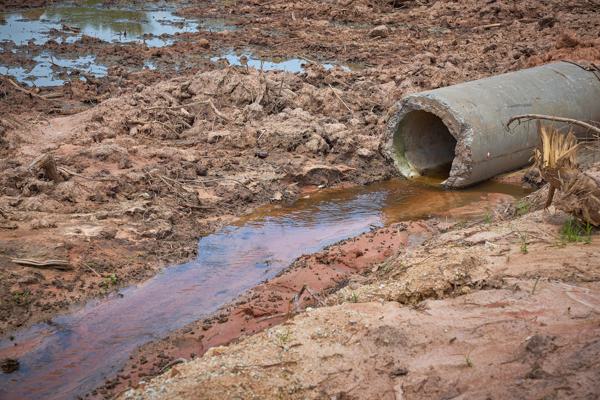
Detection Technologies for Soil Contaminants
Modern science has transformed soil contaminant detection into a fast, accurate, and scalable process5. From field kits to advanced spectroscopy6, the tools are powerful.
Key Detection Methods:
- X-ray Fluorescence (XRF): Fast in-situ analysis of metals.
- Gas Chromatography–Mass Spectrometry (GC-MS): Highly accurate for VOCs and organic compounds.
- Inductively Coupled Plasma Mass Spectrometry (ICP-MS): Extremely sensitive for trace metals.
- Portable Soil Test Kits: Useful for preliminary field screening.
Detection Method Comparison Table
| Công nghệ | Tốt nhất cho | Advantages | Limitations |
|---|---|---|---|
| Xrf | Kim loại nặng | Non-destructive, portable | Limited for light elements |
| GC-MS | VOCs, organics | High precision and selectivity | Lab-based, costly |
| ICP-MS | Trace metals | Ultra-sensitive, multi-element | Requires trained personnel |
| Soil Kits | pH, nitrates, lead | Affordable, fast, field-friendly | Lower sensitivity and accuracy |
Combining multiple methods ensures comprehensive detection and confirmation of soil pollutants.

Impact of Contaminants on the Ecosystem
Undetected and untreated contaminants can wreak havoc on the environment, affecting everything from soil microbes to human health.
Environmental Effects:
- Soil Degradation: Loss of fertility, altered microbial balance.
- Water Contamination: Leaching into groundwater and surface runoff.
- Plant Toxicity: Impaired root growth, bioaccumulation in edible crops.
- Wildlife Exposure: Toxins move through food chains and harm biodiversity.
Case Example: Lead Contamination in Urban Soil
In urban gardens, lead from old buildings can:
- Be absorbed by vegetables.
- Pose health risks to children through dust.
- Persist for decades if not remediated.
Contaminant Impact Summary
| Chất gây ô nhiễm | Ecosystem Effect | Human Risk |
|---|---|---|
| Arsenic | Alters microbial activity | Cancer, cardiovascular issues |
| Mercury | Bioaccumulates in aquatic food chains | Neurological damage |
| Pesticide residues | Harms pollinators and birds | Endocrine disruption |
| Oil residues | Reduces soil permeability and life | Skin/respiratory problems |
Early detection is essential to prevent long-term damage and ecological imbalance.
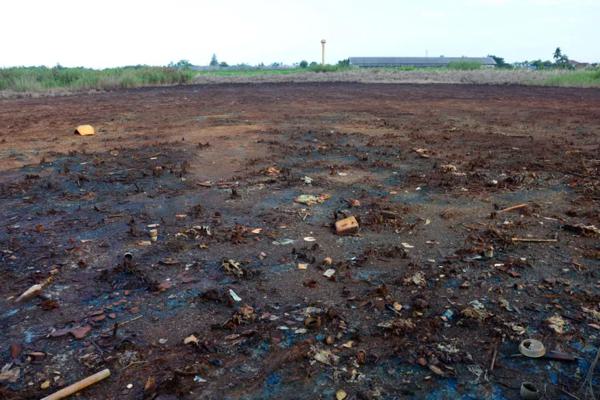
Strategies for Remediation
Once contaminants are identified, the next step is remediation—the process of cleaning up or isolating polluted soil. The choice of method depends on the type, level, and extent of contamination.
Common Remediation Techniques:
- Excavation and Replacement: Remove and replace soil entirely.
- Soil Washing: Use water or chemical solutions to extract pollutants.
- Phytoremediation: Grow plants (e.g., sunflowers, willows) that absorb or degrade toxins.
- Bioremediation: Use microbes to break down contaminants.
- Capping and Containment: Isolate pollutants with physical barriers.
Soil Remediation Strategy Table
| Phương pháp | Tốt nhất cho | Advantages | Challenges |
|---|---|---|---|
| Excavation | Severe surface contamination | Immediate, complete removal | Costly, disruptive |
| Phytoremediation | Metals, organics | Eco-friendly, low-cost | Slow, limited to shallow soils |
| Bioremed | Các chất ô nhiễm hữu cơ | Sustainable, microbial-based | Requires ideal conditions |
| Soil washing | Industrial waste zones | Reduces toxicity fast | Requires waste disposal |
Remediation efforts guided by testing ensure cost-effective, environmentally responsible recovery of land.

Phần kết luận
Soil contaminant detection is more than an environmental health check—it’s a strategic defense against pollution and ecological decline7. By identifying contaminants early, we can guide cleanup, prevent exposure, and make informed land-use decisions. In a world where clean soil means clean food, clean water, and a healthy ecosystem, soil testing is one of our most powerful tools for environmental protection8.
-
Understanding soil pollutants is crucial for effective environmental protection and remediation efforts.
-
Exploring this link can enhance your knowledge of sustainable practices and their impact on ecosystems.
-
Learning about these strategies can empower you to contribute to soil health and environmental sustainability.
-
Understanding targeted testing and appropriate response can help you effectively manage soil contamination issues and protect health.
-
Understanding the advantages of this process can enhance your knowledge of modern soil testing techniques.
-
Exploring this topic will reveal cutting-edge methods that enhance the accuracy of soil analysis.
-
Explore this link to understand how strategic defenses can effectively combat pollution and protect ecosystems.
-
Discover the critical role of soil testing in safeguarding our environment and ensuring sustainable land use.


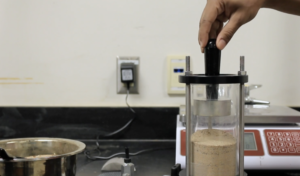



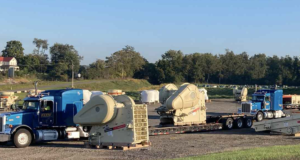
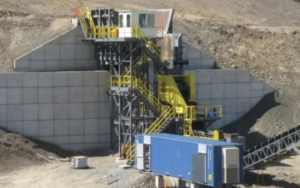

Một phản hồi
I seriously love your site.. Pleasant colors & theme. Did you build this website yourself? Please reply back as I’m planning to create my own site and would like to learn where you got this from or just what the theme is named. Many thanks!